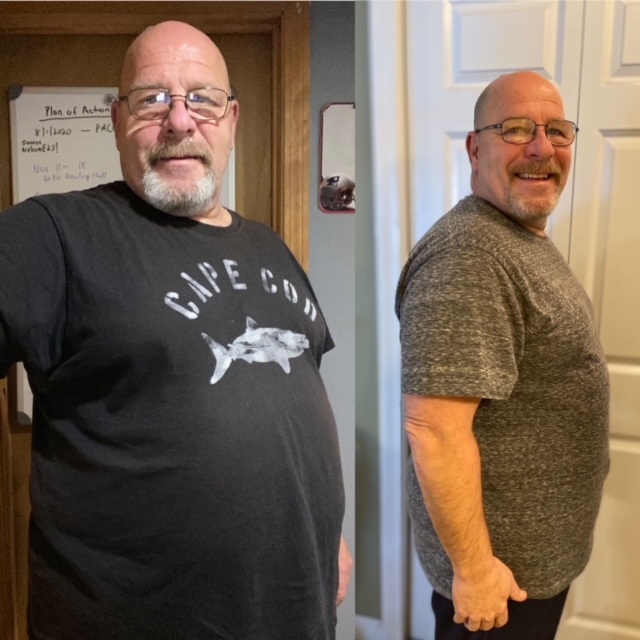Hidden stress is a reality that many individuals deal with in everyday life—often without even realizing it. We get stressed when we have no control over things that don’t go the way we want them to, or when we expect negative developments in matters we care about. This stress manifests physiologically, especially when it becomes chronic.
Stress is often associated with obvious sensations: sweaty palms, racing heartbeat, breathlessness, or a restless mind. But did you know that sometimes you can experience stress without actually feeling it?
This paradoxical state operates under the radar, silently affecting your well-being. This article delves into the intricacies of hidden stress, its subtle manifestations, and effective strategies to manage it.
What does Hidden Stress mean?
Hidden stress operates stealthily beneath the surface, remaining imperceptible to the individual experiencing it. The usual stress as we know it manifests through physical and emotional symptoms, while hidden stress lurks in the background, exerting its influence without raising alarms.
Psychologists describe this kind of stress as a subconscious response to prolonged pressure or adverse circumstances, where our bodies adapt to the stressor without exhibiting obvious signs of distress. This is clear in cases of chronic stress.
Hidden Stress Manifestation
Recognizing hidden stress requires a keen awareness of subtle cues that betray its presence. It manifests in various ways, including:

Physical Symptoms-Even without any plain to see physical discomfort, it can be detected through subtle bodily changes, such as a lingering cough or cold, tension headaches, muscle stiffness, or digestive issues. These symptoms, though mild, serve as indicators of underlying stress.
Cognitive Effects-Hidden stress can affect cognitive function, leading to difficulties in concentration, memory lapses, or indecisiveness. Individuals may attribute these cognitive lapses to fatigue or other factors, overlooking their association with underlying stress.
Emotional Turbulence-While outwardly composed, individuals experiencing it may find their emotional resilience compromised. They may be irritable, have mood swings, or have a diminished capacity to cope with challenges, despite appearing calm and composed.
Understanding Causes

Prolonged exposure to high-pressure environments, such as demanding work conditions or challenging familial situations, can develop hidden stress as individuals try to adapt to these stressors.
The relentless pursuit of perfection, or trying to fit oneself into an image, causes individuals to develop hidden stress, as they internalize unrealistic standards and continually strive to meet them, regardless of the psychological cost. Validation of one’s worth on social media is one example that can be a source of hidden stress for individuals that strive for acceptance through engagement of their posts.
There is also emotional suppression, wherein individuals quell their emotions and refuse to acknowledge and address underlying stressors, leading to the perpetuating of a hidden stress cycle.
Addressing Hidden Stress

To address this, a multi-faceted approach is necessary. Adopting mindfulness practices like deep breathing exercises, meditation, or yoga enhances self-awareness, enabling individuals to recognize and address hidden stressors as they arise.

In the professional realm, managing career stress through effective time management, delegation of tasks, and setting work boundaries can significantly reduce stressors. It is equally important to establish work-life balance to improve overall quality of life and mental wellness.

Building a support system is crucial. Trusted friends, family members, or mental health professionals can provide a supportive environment where individuals can openly acknowledge and address this without fear of judgment.

Managing expectations, accepting limitations, and voicing personal boundaries can also help ease the pressure and, sometimes, eliminate stressors altogether.
Conclusion
Dealing with hidden stress is a formidable challenge, as it cloaks its presence behind a veil of normalcy. However, by fostering self-awareness, understanding its manifestations, and implementing proactive strategies for easing it out, individuals can reclaim control over their well-being.
Recognizing that stress may not always announce its presence loudly is the first step towards achieving lasting wellness in an increasingly demanding world.






